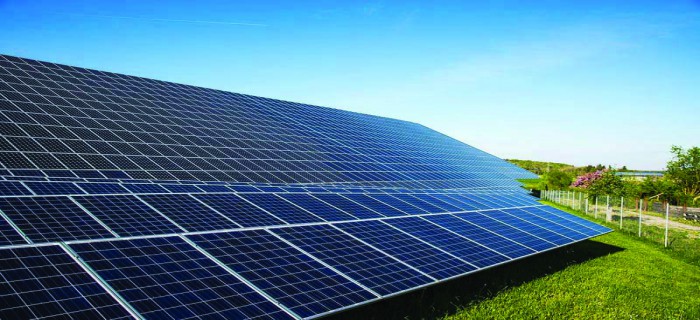
Cost Deflation in RE is Likely to Remain a Medium-term Trend: IEEFA
India installed a record 10 GW of solar electricity capacity in 2017-18, twice the rate logged in previous year & nearly double the country's entire solar base, the US-based Institute for Energy Economics & Financial Analysis said. The gains put India at 22 GW of total cumulative capacity & the trend is continuing. A no. of announcements in this April shows momentum building. Solar technology continues to advance, with floating solar, hybrid wind-solar-battery & blended solar-thermal tariff developments now underway, an IEEFA analysis said. Cost deflation is likely to remain a medium-term trend as economies of scale are achieved, spurred in part by India's development of world’s largest solar project, 2.2 GW Bhadla project in Rajasthan that is set to come online in 2019, said the assessment compiled by IEEFA's. According to it, 10 GW of solar installed in 2017-18 represents most of 12.1 GW of new renewable capacity commissioned over past 12 months. Renewables account for 20% of total installed capacity in India & 7.7% of electricity generation. While surge in new RE generation has increased concerns about grid constraints, the right level of ongoing invest. will make those issues manageable even as RE installs double to more than 20 GW annually by 2020, the IEEFA said. The faster that India invests in renewables infra. the faster it can decarbonize its economy, but without the proper alignment of invest. & domestic employment, the govt. will face political resistance to the upfront $300 bn invest. required over the coming decade, it added. Tying new solar tenders to domestic manufacturing invest. aligns both strategies, with the likely outcome that the world's leading solar module manufacturers will set up operations in India, bringing employment opportunities and, more imp., world-leading solar technology at scale, the analysis said. Indeed, in April, Japan's SoftBank & China's GCL System Integration Technology Co. announced a $930m 60-40 joint venture to build a major solar module manufacturing plant, with 2-phases each of 2 GW of annual production capacity, it said, adding that SoftBank brings capital & GCL brings world's latest solar technology & management expertise.

.gif)
.jpeg)
leave your comment